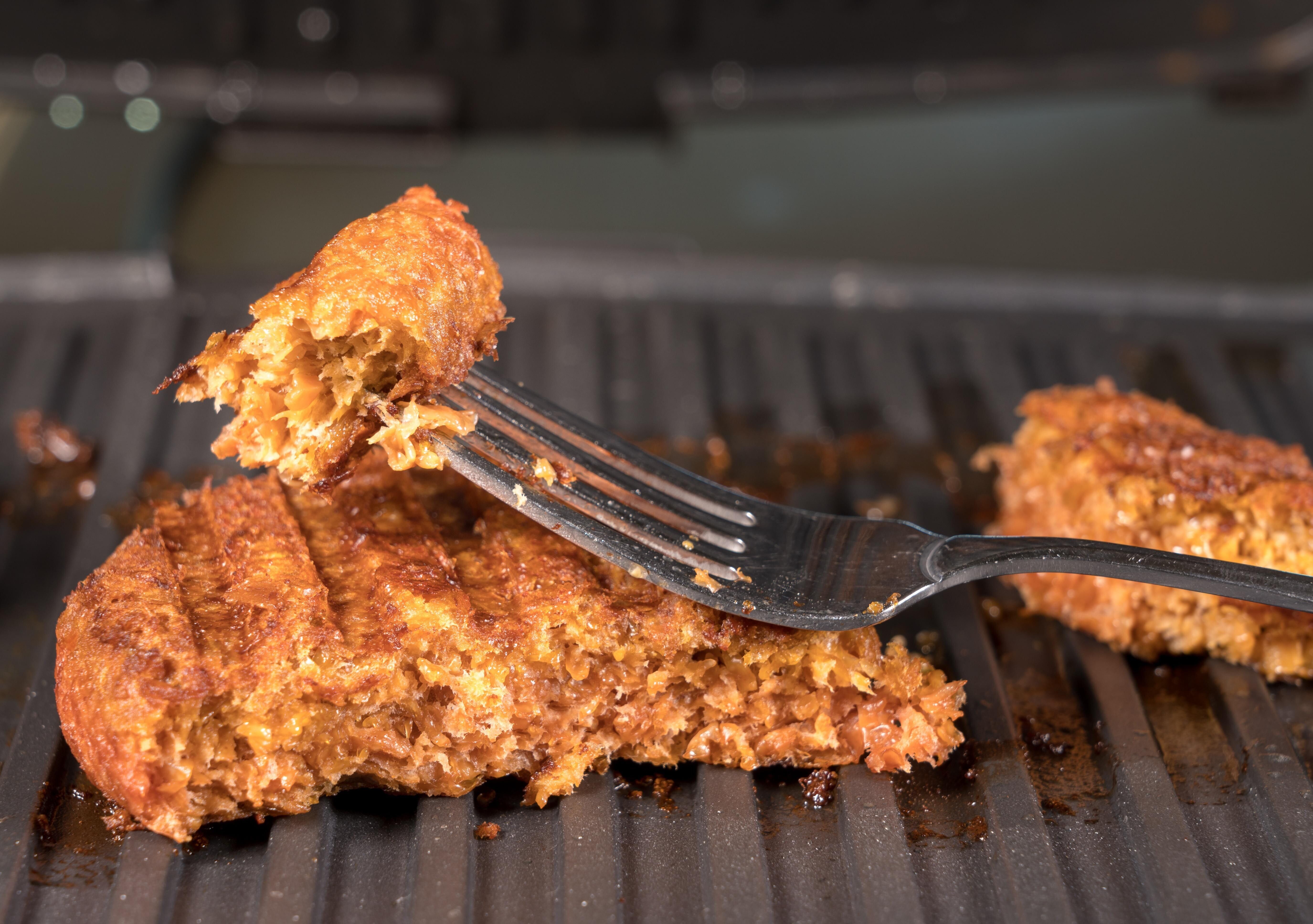Made in Flanders: bacteria, fungi and yeasts as sources of protein for the future

Are bacteria, fungi and yeasts the protein sources of the future? According to some experts, they produce proteins more efficiently than animals and plants. With a brown powder of dried bacteria, the Ghent company Avecom wants to turn Flanders into a Mecca for microbial proteins.
"This powder consists of 70 percent high-quality proteins," Stijn Boeren of Avecom tells De Morgen. The innovative SME, which specialises in controlling and optimising microbial processes and engineering microbiomes, cultivates its new product on the process water of a potato processing plant, which is rich in starch. The bacteria multiply in metal tanks until they are harvested and dried, resulting in the protein-rich powder.
The brown powder can serve as a sustainable protein source in cattle or fish feed, instead of soy or fish meal, but is in principle also suitable for human consumption.
"The protein quality is comparable to that of fish, and the amino acid composition is closer to our needs than soy protein," says Boeren.
Avecom is one of the companies that are part of the recently established ProteInn Club, an initiative to stimulate the development of microbial proteins. The aim is to get the companies and knowledge institutes involved to work together as much as possible.
"Microorganisms offer an excellent opportunity to convert residual products from agriculture and industry into high-quality proteins," says Simon De Corte, innovation advisor at UGent and CAPTURE, a research consortium on circular economy. "Several players are active in and around Ghent. With this initiative, we want to put the region, and by extension Flanders, on the map as the place to be for the development of microbial proteins," he tells De Morgen.
Researchers at the Institute for Agricultural and Fisheries Research (ILVO) are also going to work with microbial proteins via a Food Pilot to find out what they can do.
"We are not only investigating the nutritional value and digestibility, but also the technical properties," says Geert Van Royen (ILVO). "For example, can the proteins provide airiness in a mousse and thus replace egg protein? Can we give them a meaty texture? Expert panels evaluate the taste, because of course it has to be tasty too."
Processing the brown powder into vegetarian hamburgers, nuggets and sausages seems obvious. But to market a bacterial burger or microbial mousse, working your way through the European Novel Food legislation is far from easy. That is why some pioneers are initially focusing on cattle feed.
The American Good Food Institute, which monitors and supports the development of alternative protein sources, confirms that the market for bacteria, fungi and yeasts is growing. According to the institute, in 2021 there were about ninety companies worldwide working with microbial proteins. This number is increasing, as is the investment in the sector, which has tripled compared to the previous year.
(PRESS)
#FlandersNewsService
© Easy Fotostock